Our travels to-date, starting in Chartres, and now in Pontaubault, on Baie Saint-Michel.
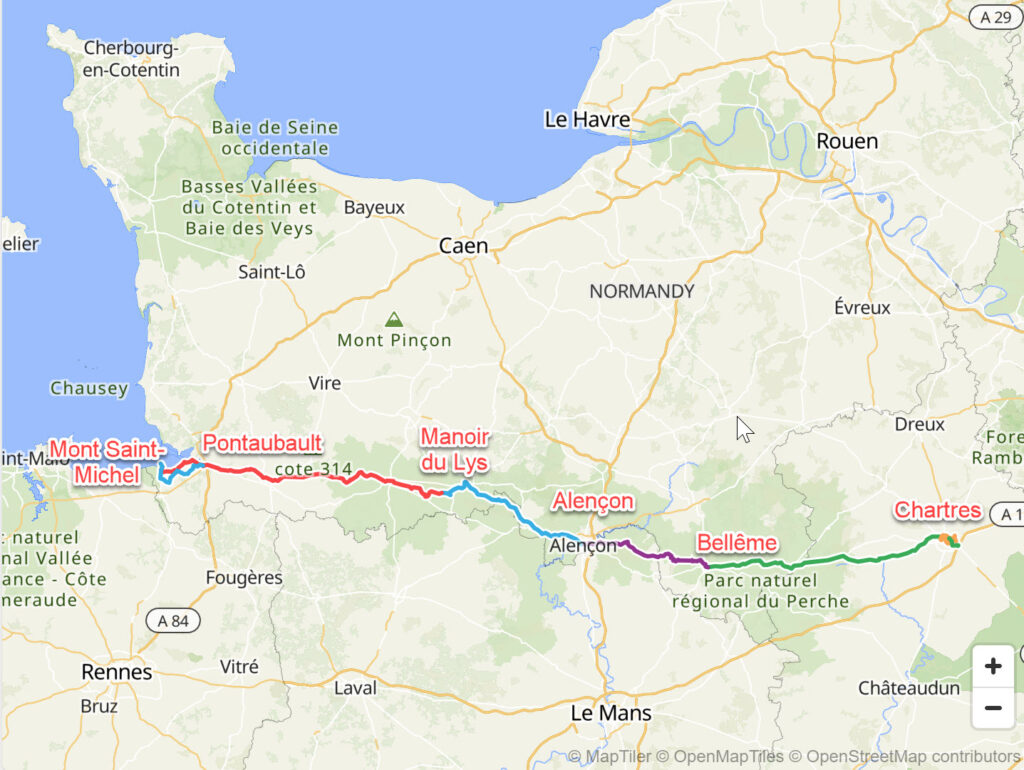
On Saturday morning at 9:30 we left the decadent Manoir du Lys; we had a 75 km ride in front of us. After a couple of hours we happened on the Musee de Poire, a museum dedicated to the production and consumption and brown market trade during WWII of what is, basically, pear cider. (There is some alcohol content but children were allowed to drink it: it was safer to drink, at some points in time, than water.) After we left the museum we passed many pear orchards, the trees were in bloom and cows were grazing comfortably. (See photo.) The warm weather was over and there was a real chill in the wind.
We finally pulled into our lodgings in Pontaubault in late afternoon. “Chantal”, our host, showed us to our guest cottage in her garden, and we unpacked for our two night stay. Because there were no restaurants open for dinner in Pontaubault, we took Chantal up on her offer to drive us five minutes along the highway to a fast food place. She also picked us up an hour later when we had finished. Before bed we walked down the street to see the sunset from an old bridge we had spied, earlier in the day. It turns out that that bridge had quite a story behind it.
We didn’t manage to stay awake for the sunset, choosing instead to come back to our digs and read up on Pontaubault’s remarkable WWII history. The Allies landed on the Normandy beaches on June 6, 1944. It took the Americans almost two months to cover the 80 kms south to Pontaubault, battling their way through thick hedges and very stiff German resistance. On July 22, 1944, General Patton moved his 120,000 soldiers and their thousands of vehicles and artillery pieces (in under three days!) across the Pontaubault bridge, heading for more battles in Brittany. It must have been quite a sight.
Sunday morning, Chantal provided us with a sturdy p’tit dejeuner, and then we set out to cycle 23 km to the famed Mont Saint Michel. What a thrill it was to see from MILES away. We passed by Mont D’Huisnes and noticed a Cimetiere Militaire Allemande. (A German Military Cemetery. In France?) We decided to skip visiting it. Not to worry. We had a second chance to visit it later, and we were very grateful for that, as it turns out.
Our approach to Mount Saint Michel was along a long pedestrian/cycle causeway which includes a bridge over where the tides come in and out (so my anxiety about timing our visit to tide schedules was for naught!). We managed to find a couple of spots to lock the bikes up, right on the island. Despite having passed hundreds of people walking to – or taking the shuttle to – MSM, and a beautiful day for weather, line-ups weren’t bad (although if I were to do it again, I’d pre-book my 13 Euro ticket online).
The bridge, built in 2014, replaced a 135 year old causeway which would be submerged during very high tides. The main reason for the bridge was to reduce excess silting in the bay around the old dam.
MSM is cobbly, and hilly, I was glad of sturdy knees and hips and a stout heart. (“Travel while you can”, as Muther always said.) We enjoyed fabulous views of the ocean, and the exposed clay/sand. The wind was ferocious. And cold.
Security was present; gendarmes and machine-gun-wielding soldiers passed us, but the crowd was peaceable and well-mannered. Mostly French, a few Japanese tourists, and I think we were the only English speakers. In fact, we haven’t heard much English at all from most of the people in the places we’ve been staying. That may change when we hit the larger centres like Bayeux and Caen this week.
On our return from MSM we noticed the sign, again, for the German Military Cemetery and decided to visit. What a sobering experience. During WWII German soldiers were hastily buried in thousands of impromptu locations all over France. In the late 1950s a project was begun to consolidate their remains in several hundered mausoleums where the over 250,000 German casualties could be properly respected. This cemetery was beautiful. German architect Johannes Krahn designed a large circular building – donut shaped – that houses 11,956 remains, each in a small tomb with a brass nameplate. There are also remains that have never been identified: those name plates simply read “Ein Deutscher Soldat”. It was particularly sad to read those name plates: their poor families never knew what happened to their boys. The building contains two levels of cubicles surrounding a large grass circle and central cross. We walked the entire building, out of respect and grief. The rooftop features an incredible view of the bay and Mont Saint-Michel. We were both very moved by this site. War: what a waste.
Back in Pontaubault, the town was basically shut down (Sunday afternoon in France in a small town) but the boulangerie around the corner from our garden cottage was open so we asked the baker to make us a couple of ham and cheese sandwiches. We ate them for dinner, caught up on the blogging and reading, and called it a night! Mont Saint Michel bucket list: CHECKED.
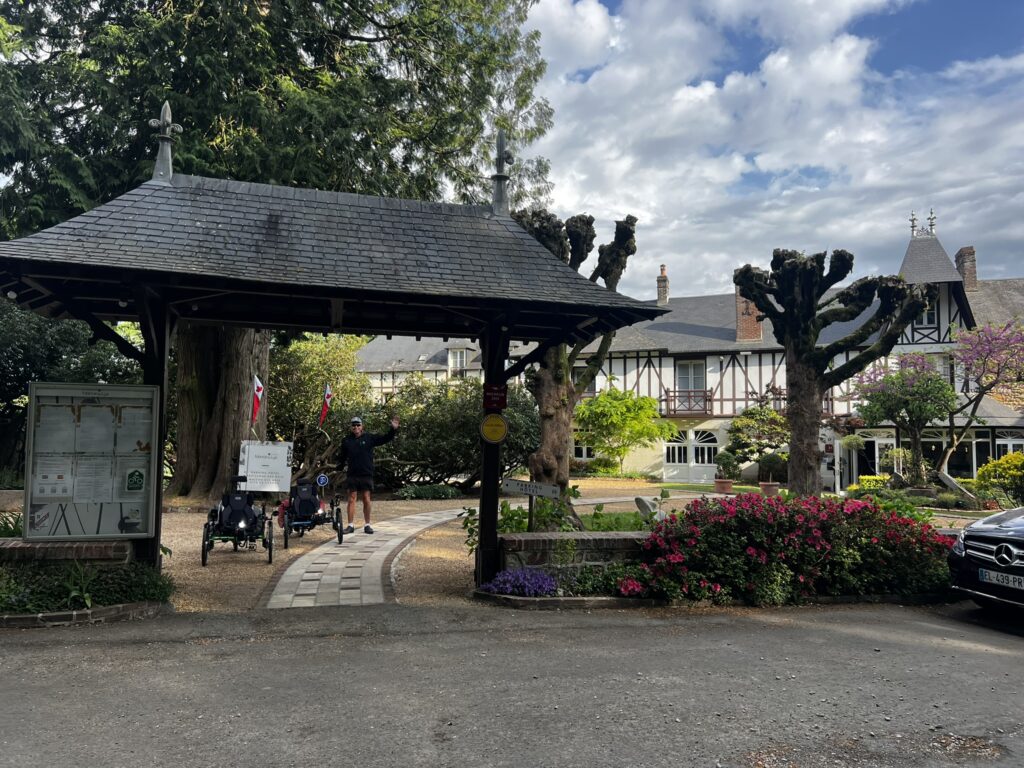

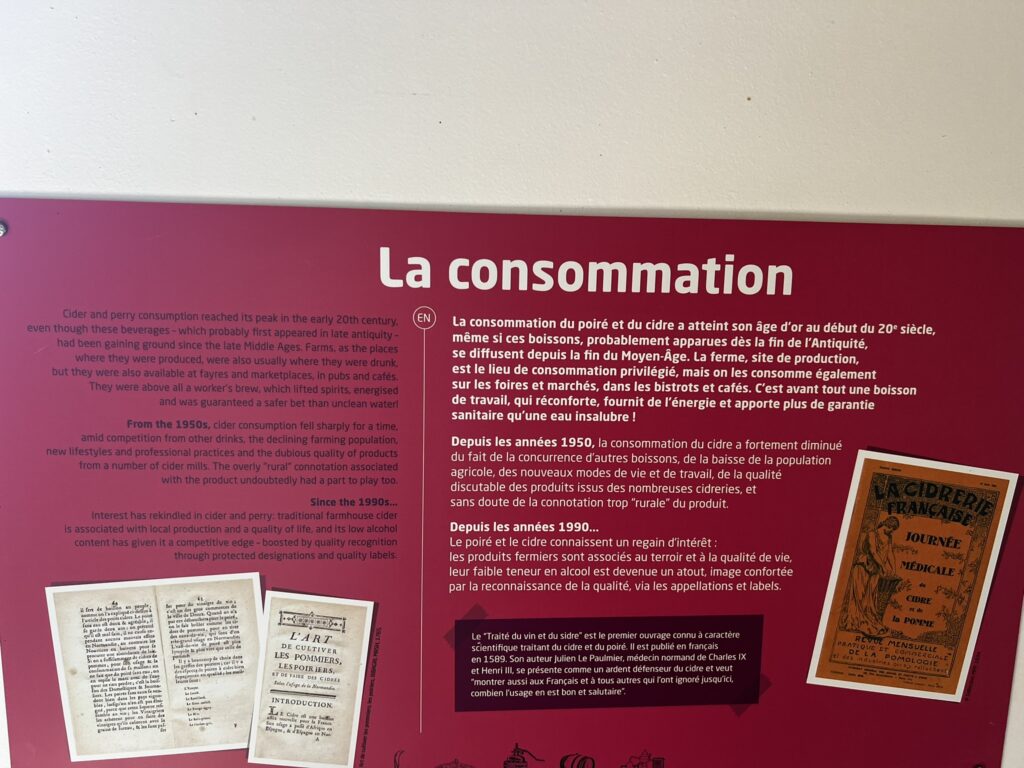
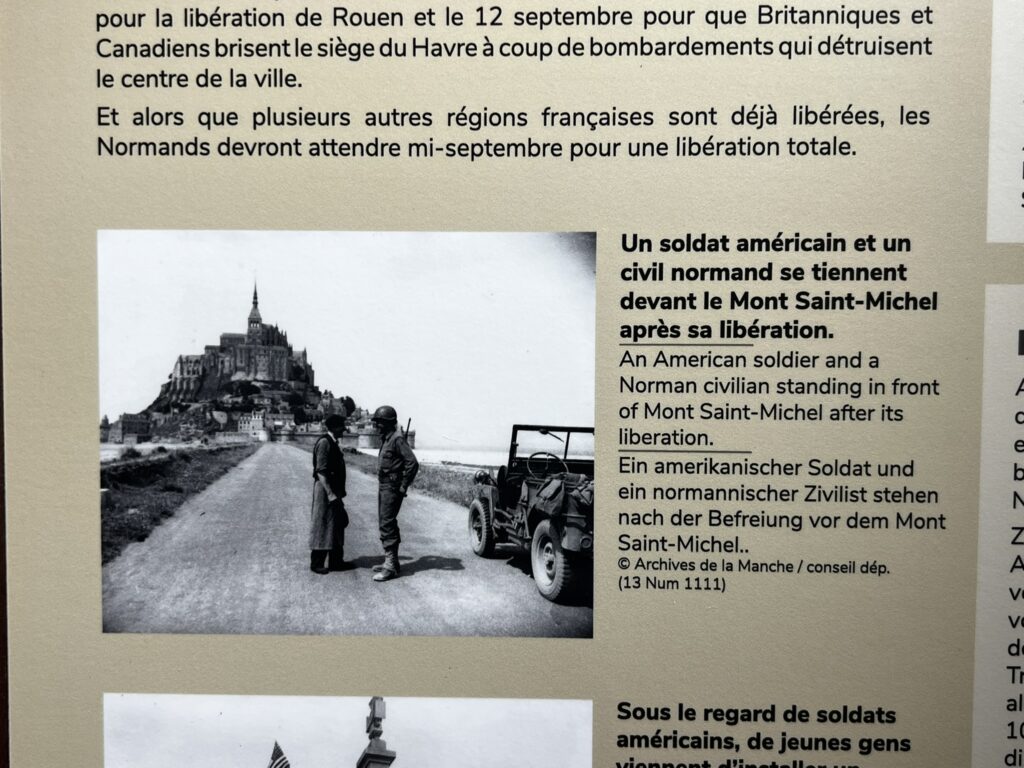
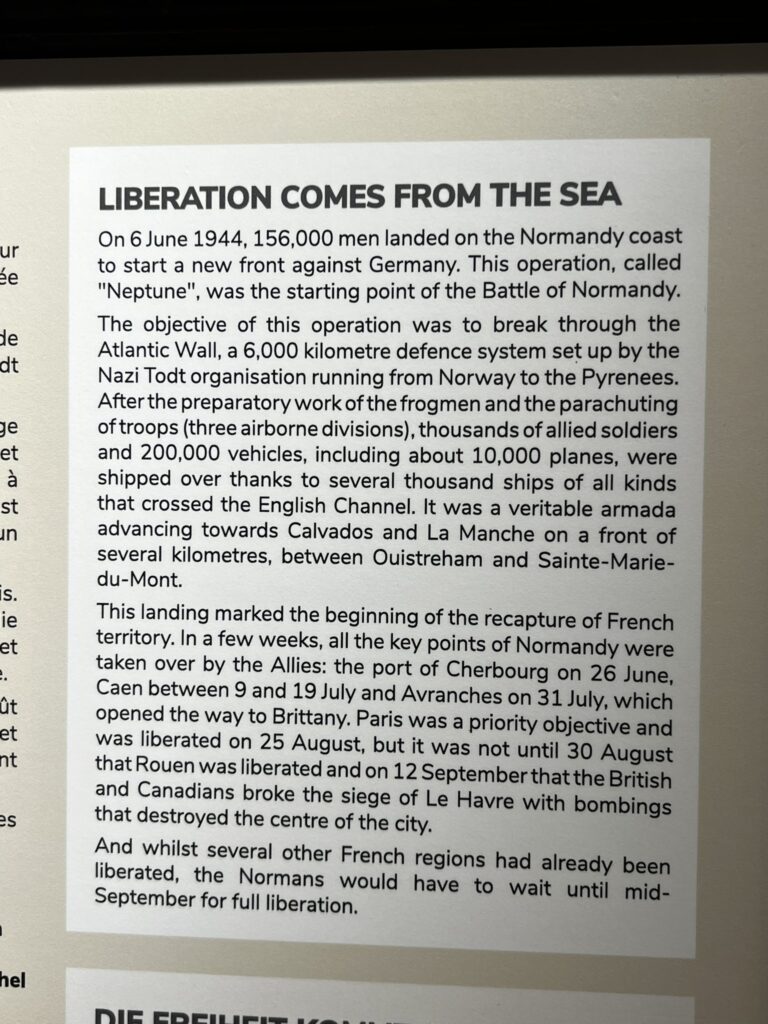
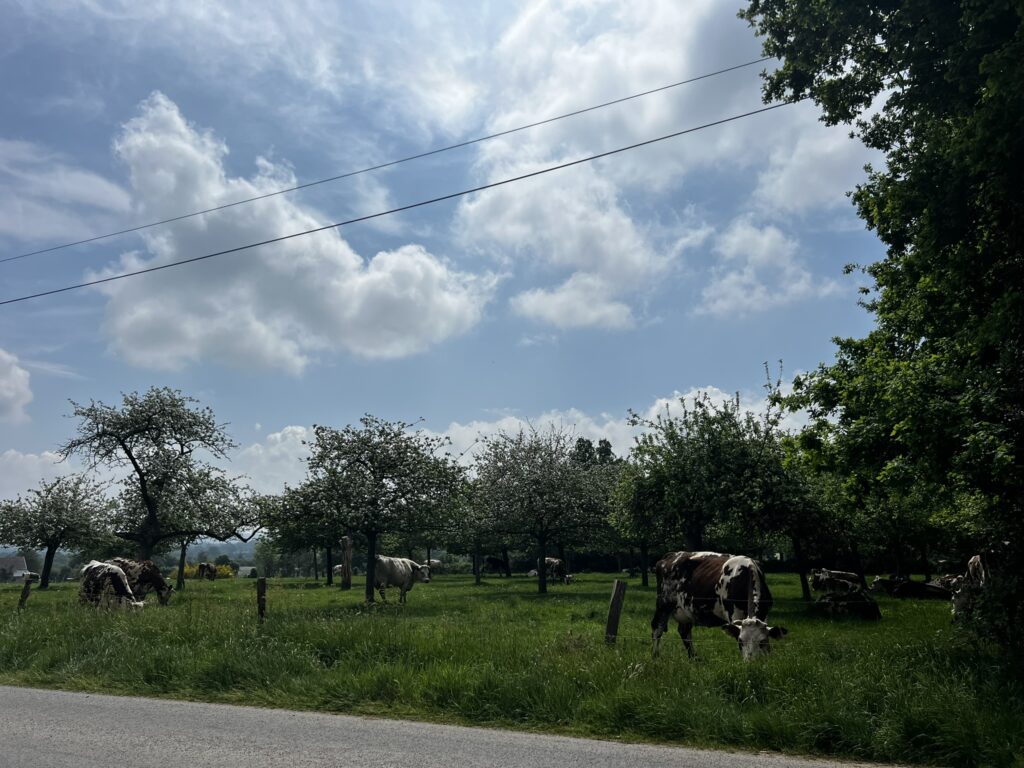
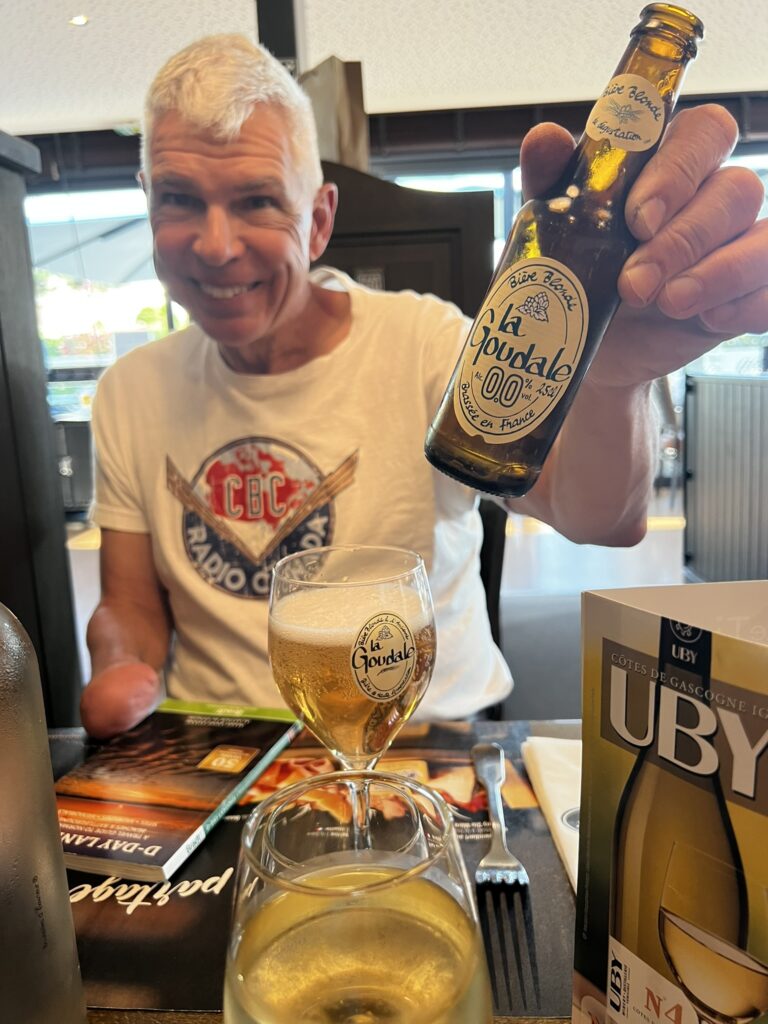
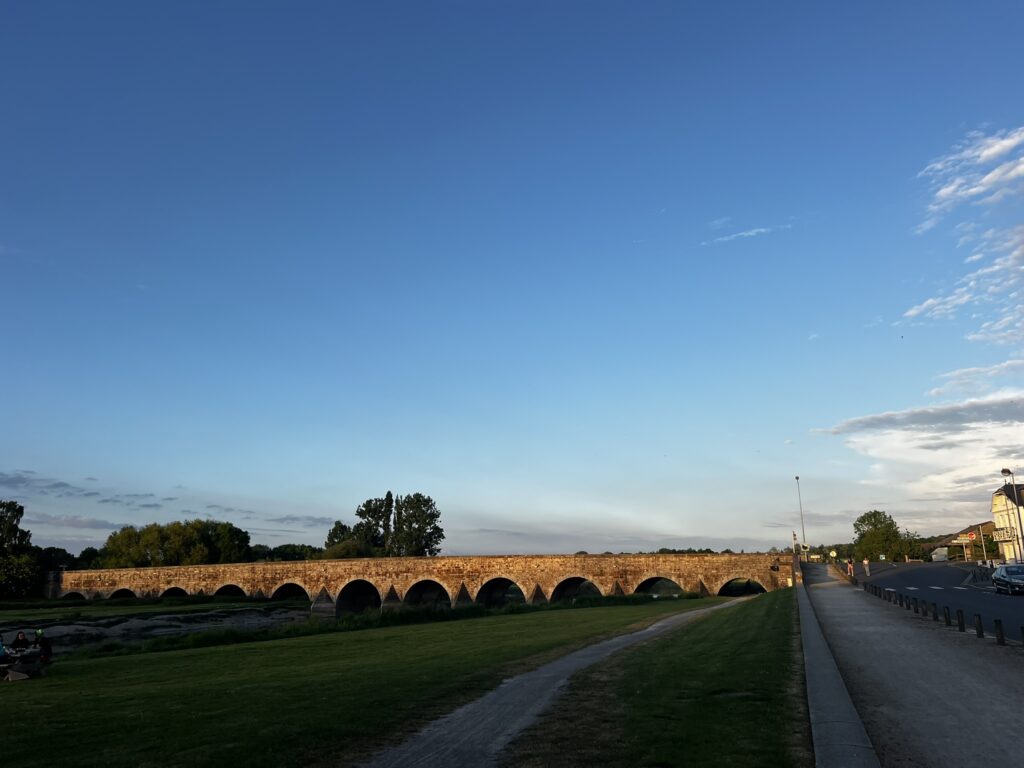

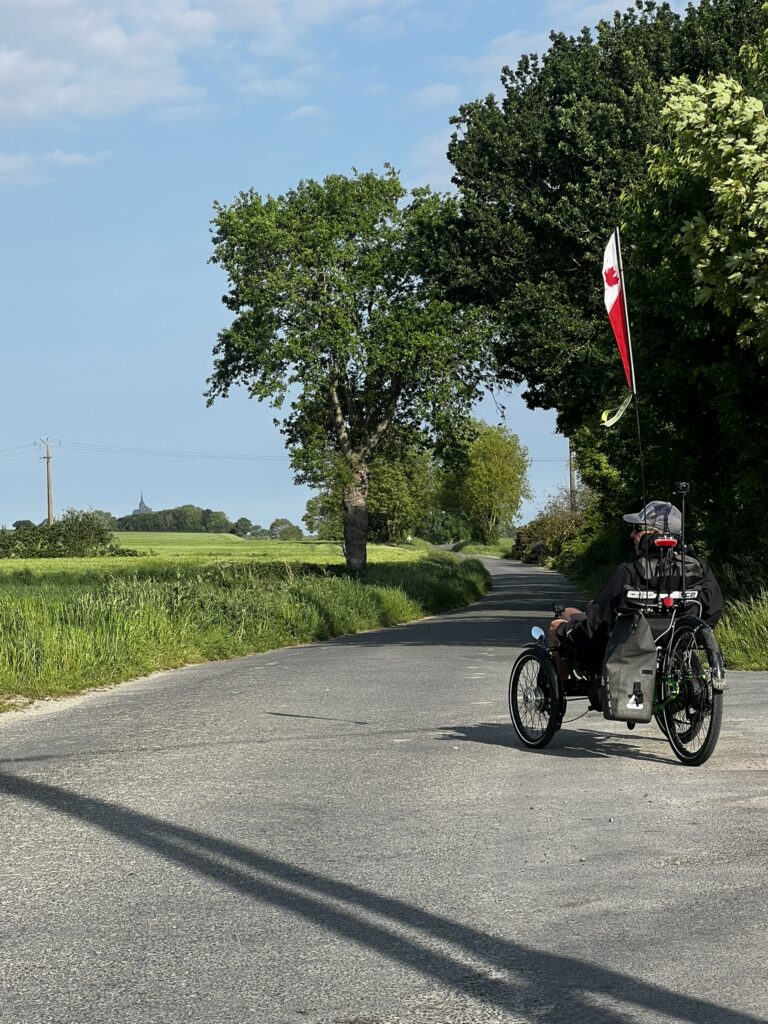
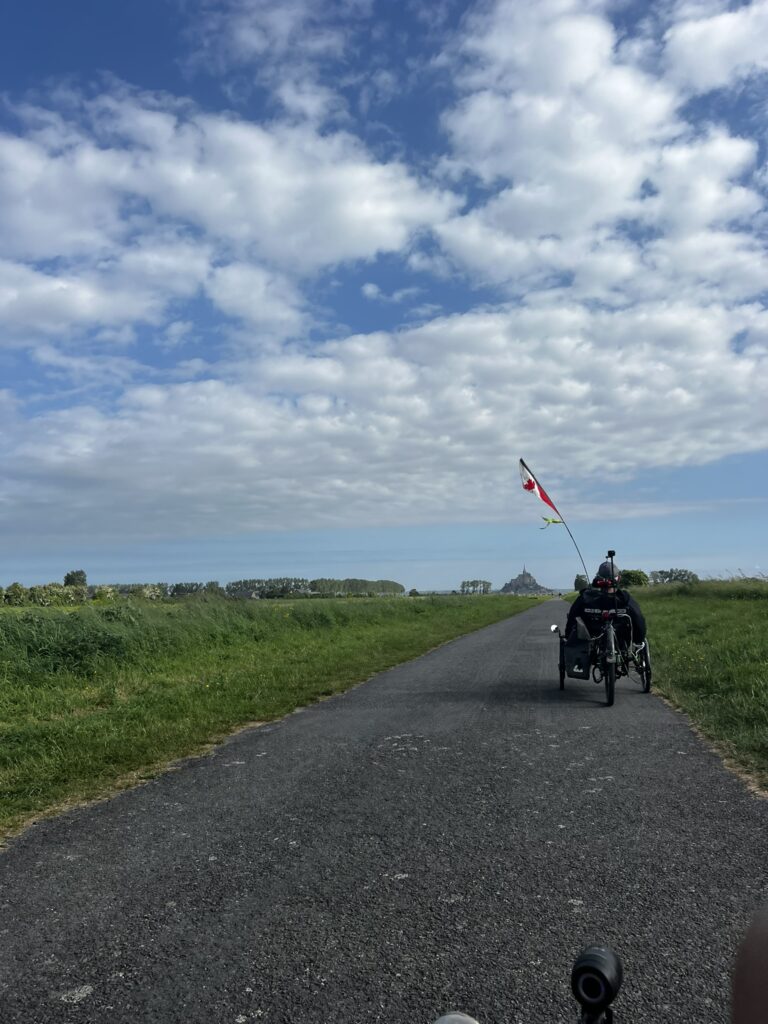
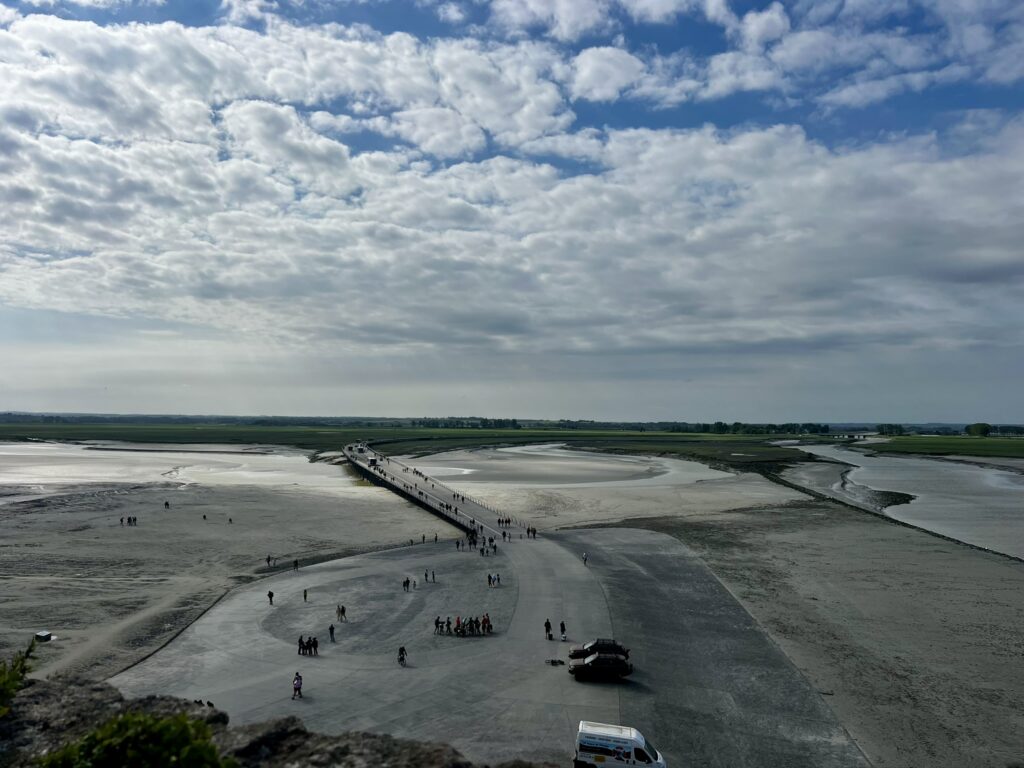
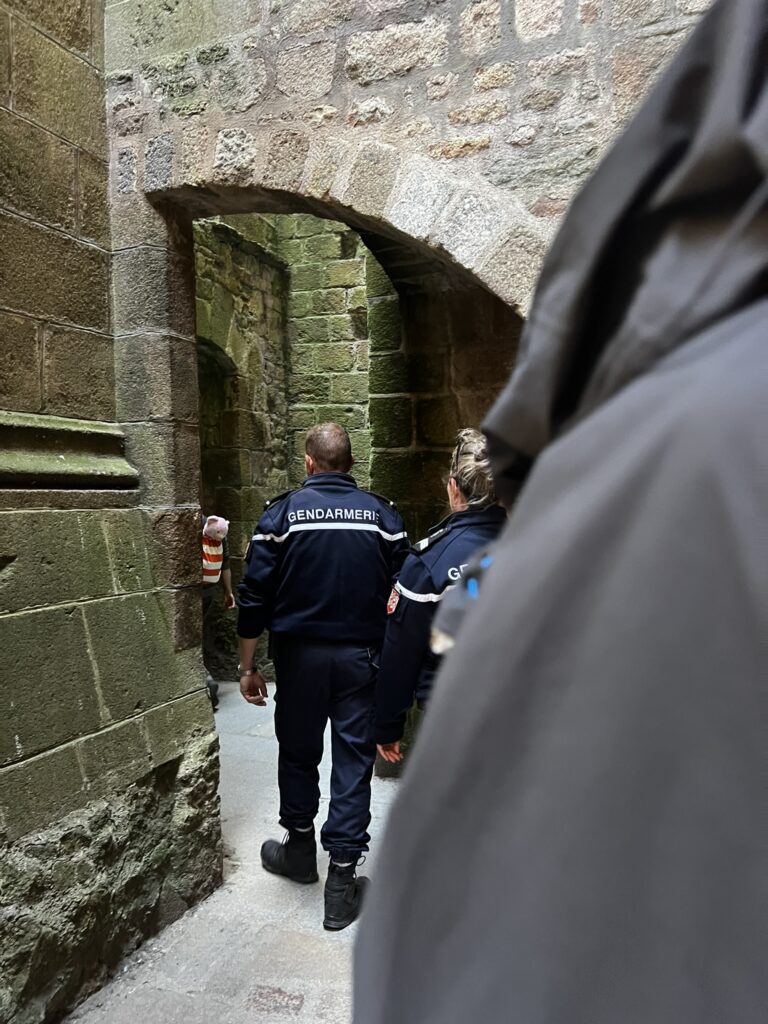
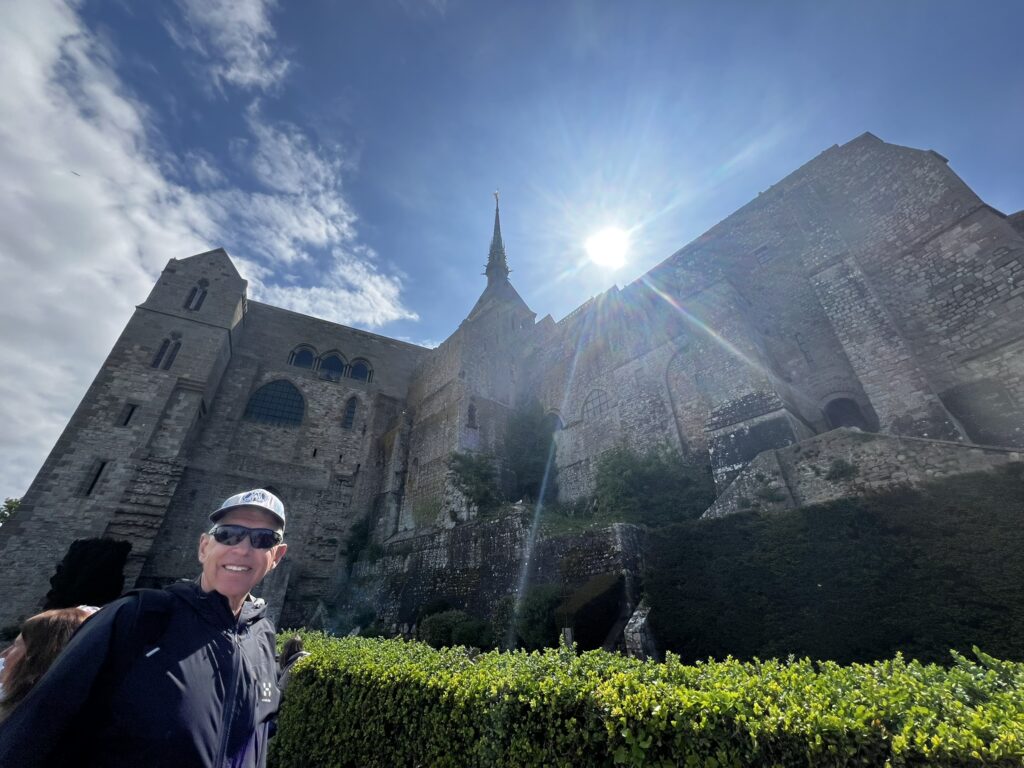
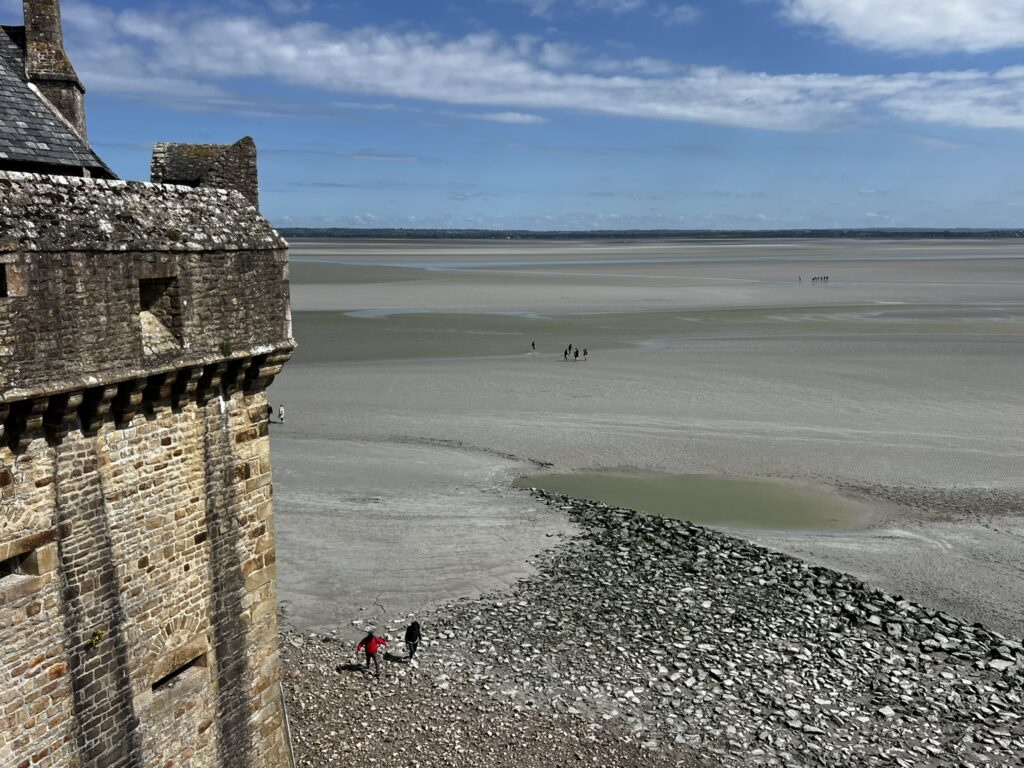
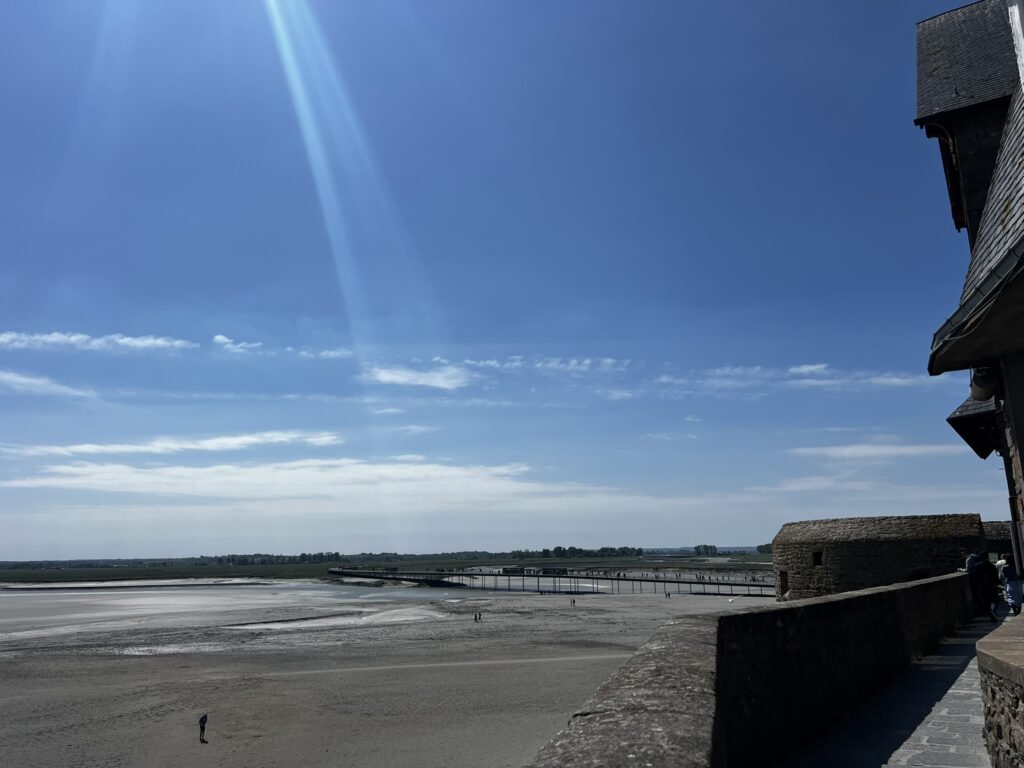

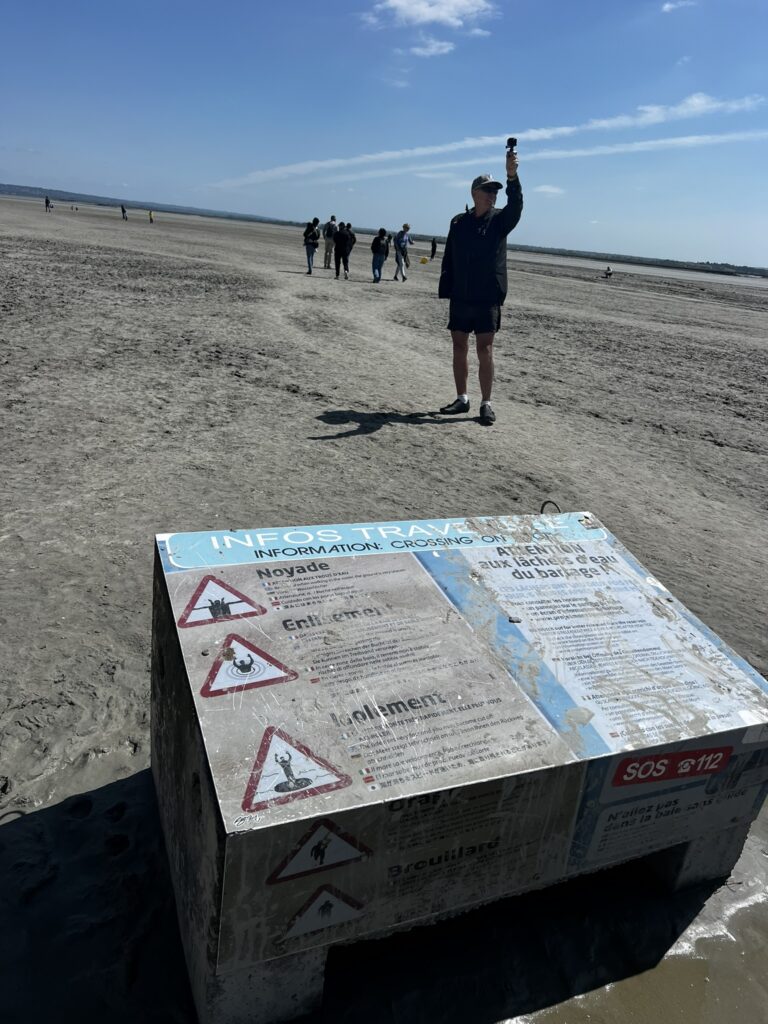
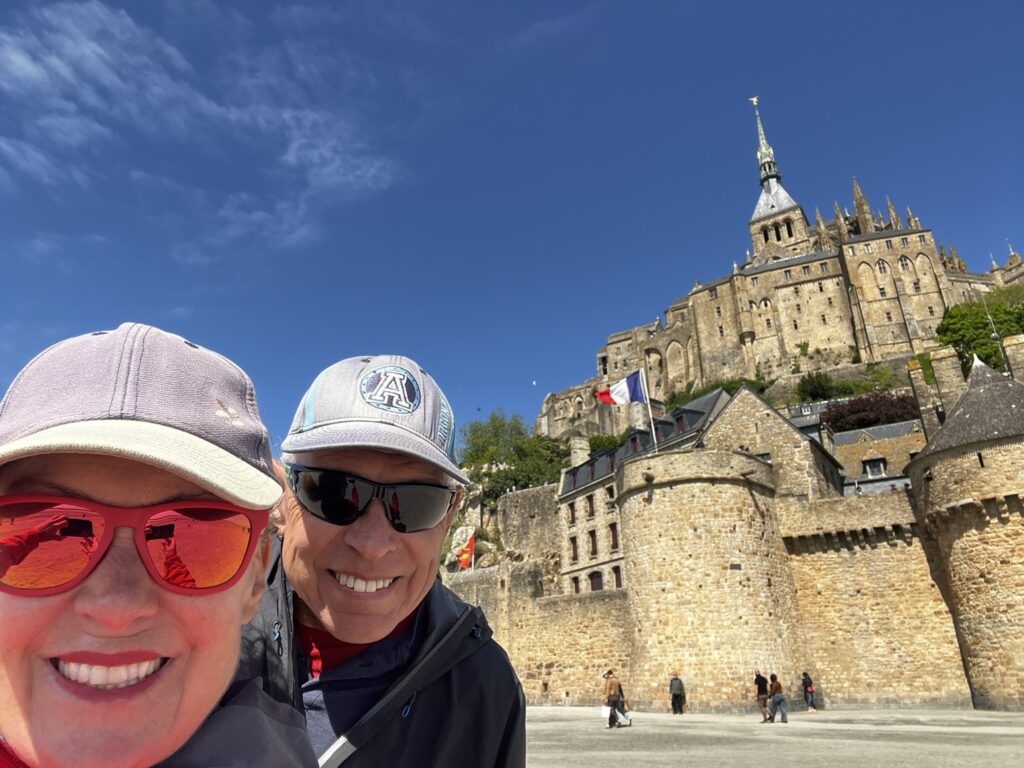

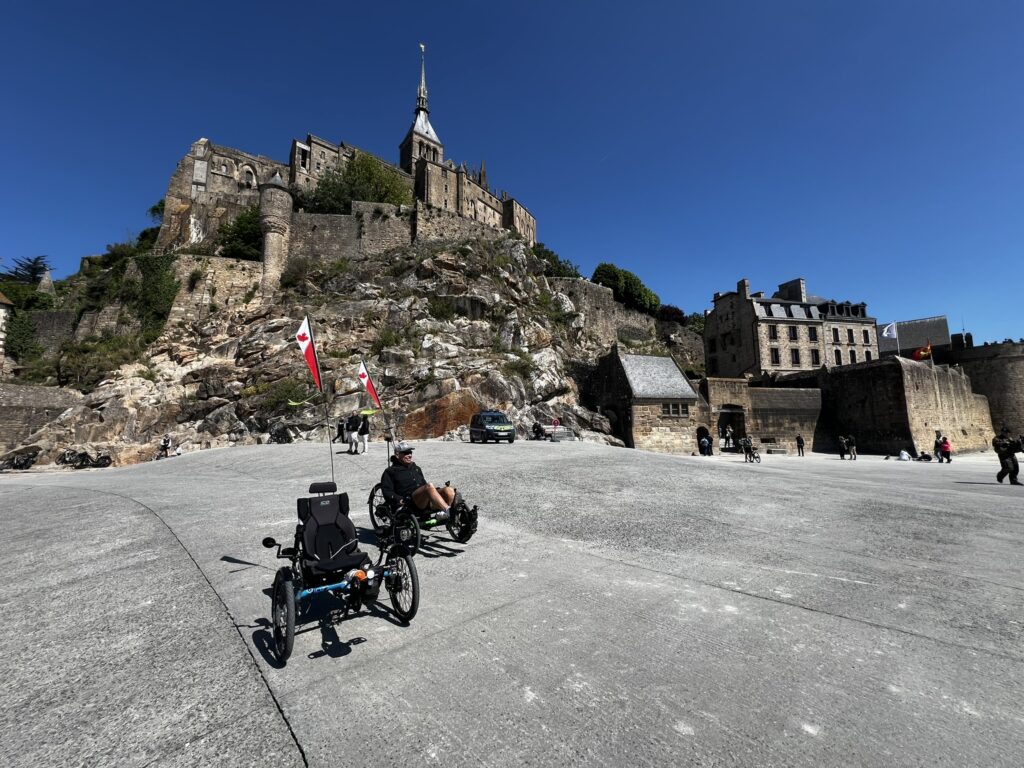


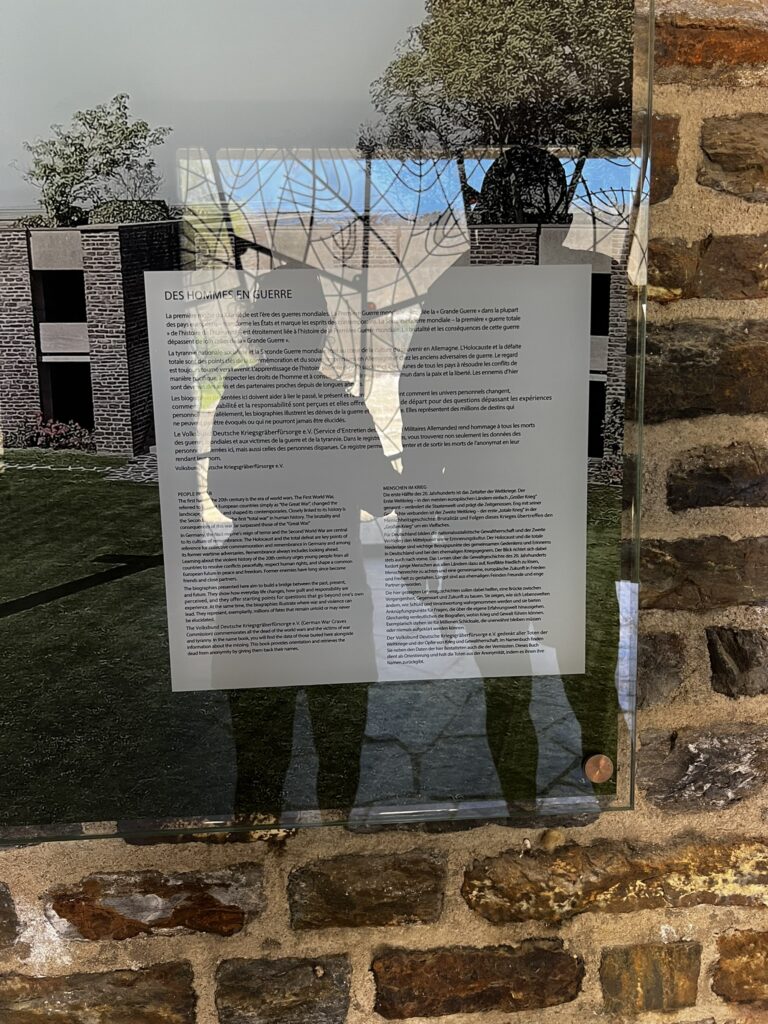
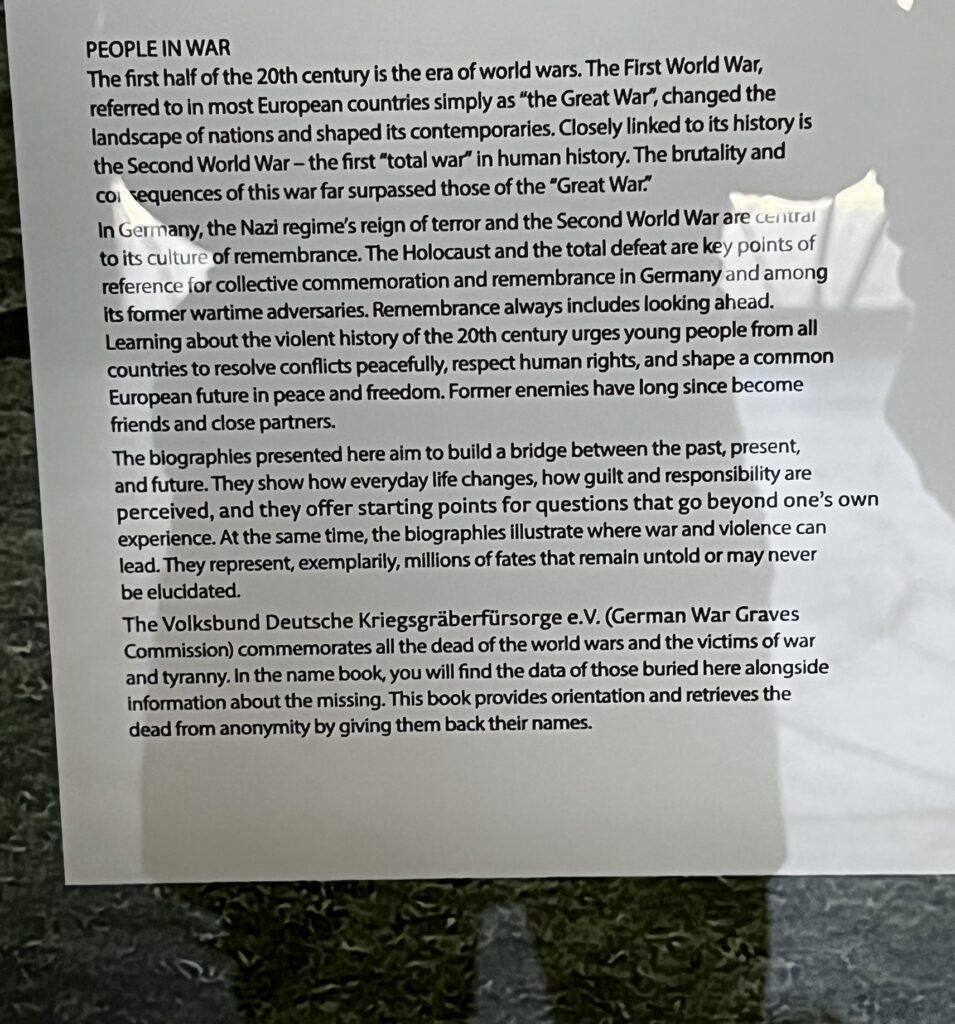
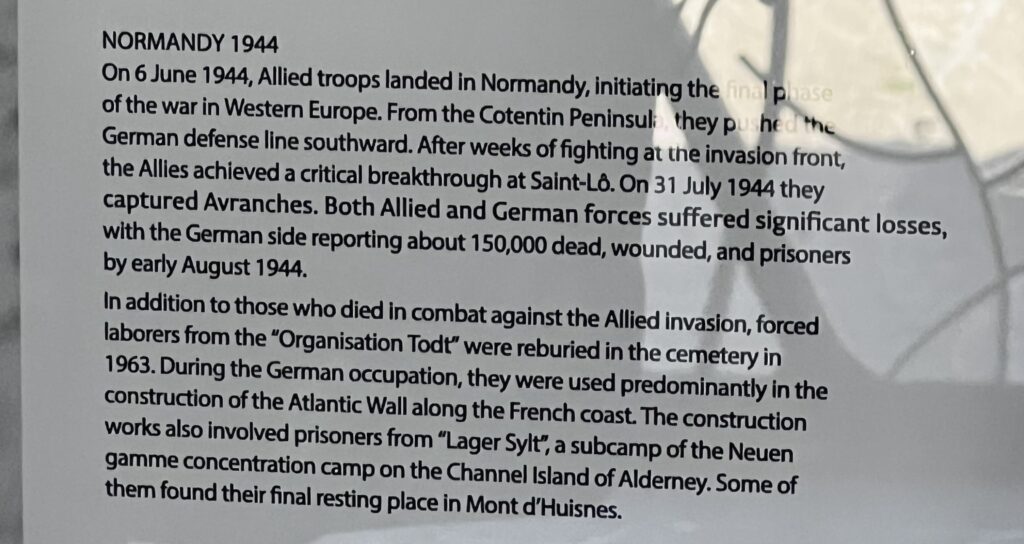
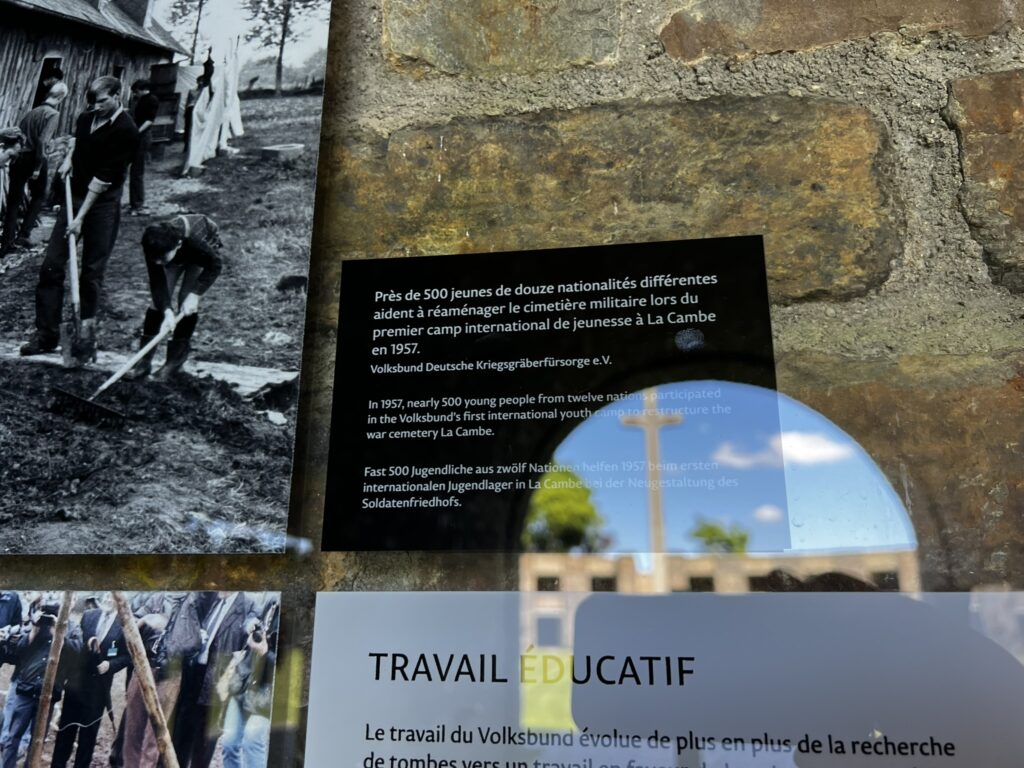

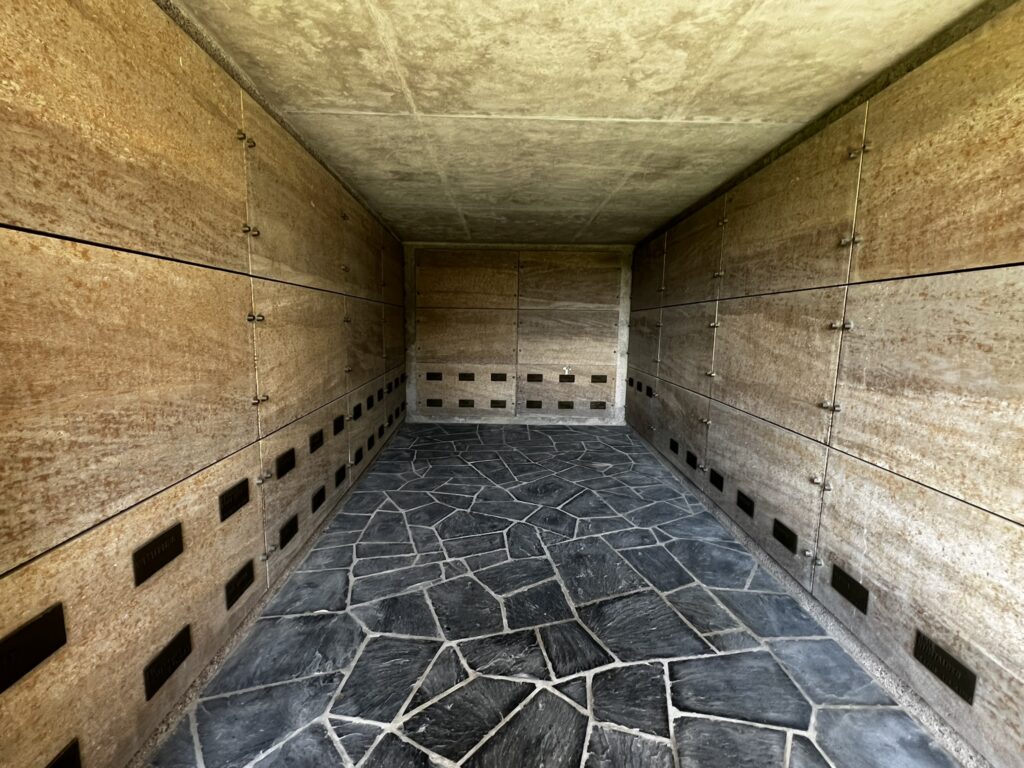
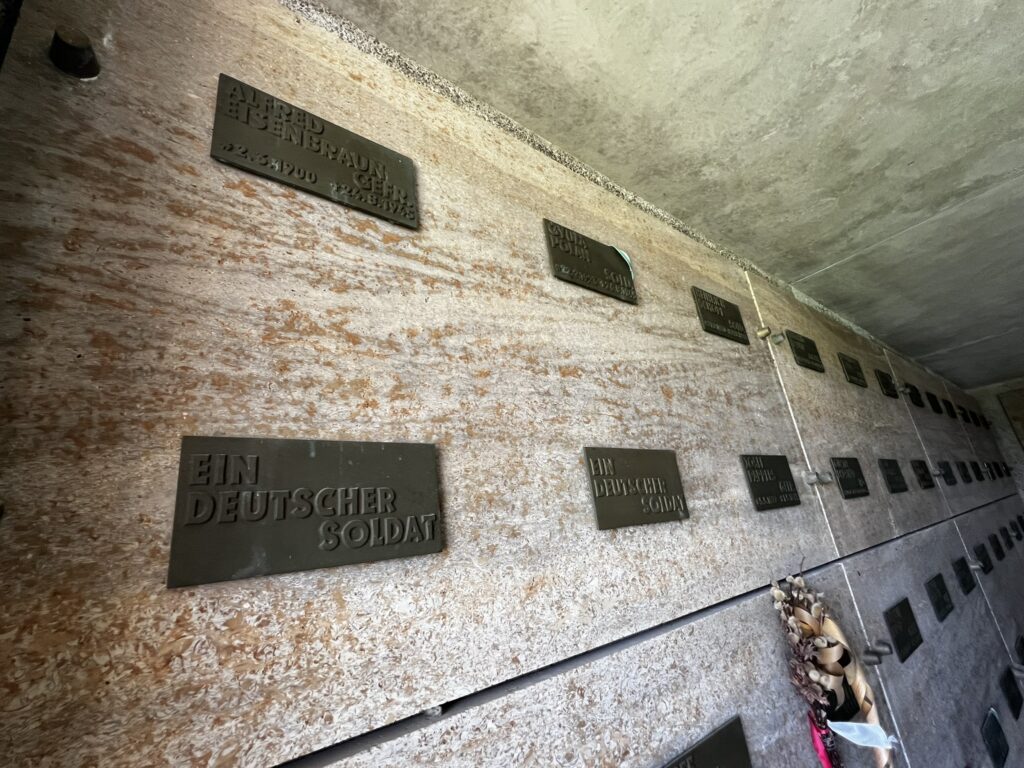

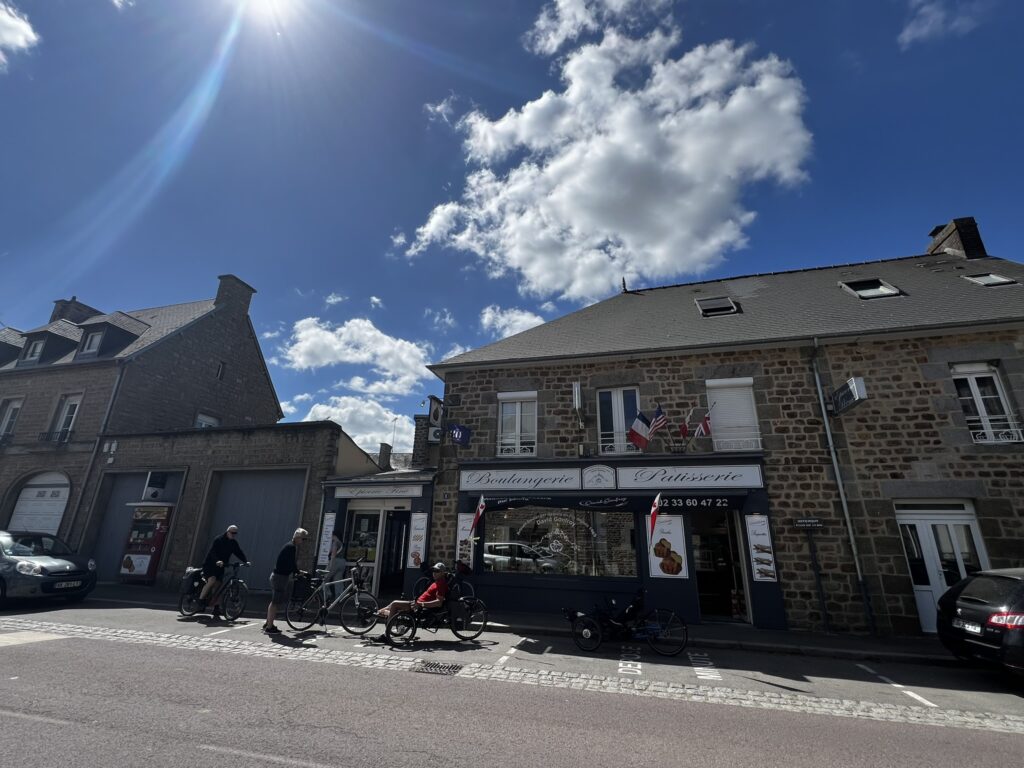
that was so interesting,
your weather looks gorgeous!
0
0